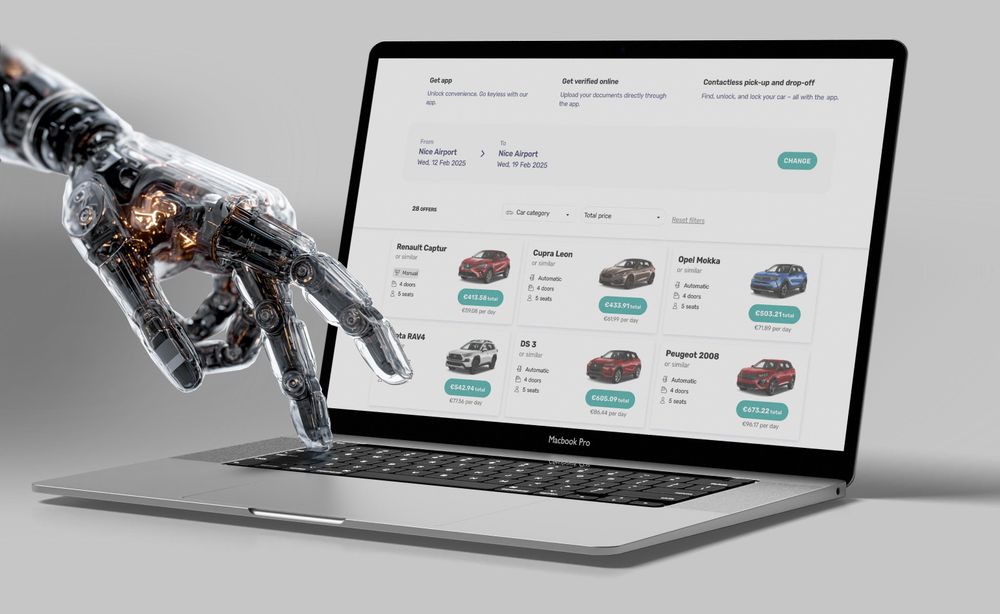Sensor fusion means combining data from several sensors to create a more accurate understanding of the environment by adding overlapping and complementary information.
Autonomous vehicles are equipped with a variety of sensors, such as cameras, LiDAR, radar, and ultrasonic sensors. They all gather data about the vehicle’s surroundings. Each sensor has its own uses. While cameras are good at detecting colour and texture, the captured image will still be two-dimensional; LiDAR is good at measuring distances and creating 3D maps, and radars can provide information on the velocity of nearby objects.
However, sensors can experience hardware failures, noise, and adverse environmental conditions. Therefore, relying on a single type of sensor is unreasonable.
The vehicle can make better decisions about how to drive and react to its surroundings by analysing and combining the data from many sensors.
Once the raw data from each sensor has been gathered, it has to be preprocessed. This way, the sensor fusion system can ensure more accurate and effective results in decision-making. The cleaned data is then aligned so the information from each sensor can be lined up. The next step is identifying key data points or patterns that can be used to represent the environment, such as object detection or depth measurements.
During the final step, the data is combined, analysed, and interpreted to create a more complete picture of the environment. Through this step, the autonomous system is given the information it needs to make decisions with greater knowledge and comprehension of its surroundings.
With the information extracted in this manner, the autonomous system can make real-time decisions about how to safely navigate the environment, such as adjusting the vehicle’s speed, steering, and braking.
Synonym(s):
- Multi-sensor data fusion



